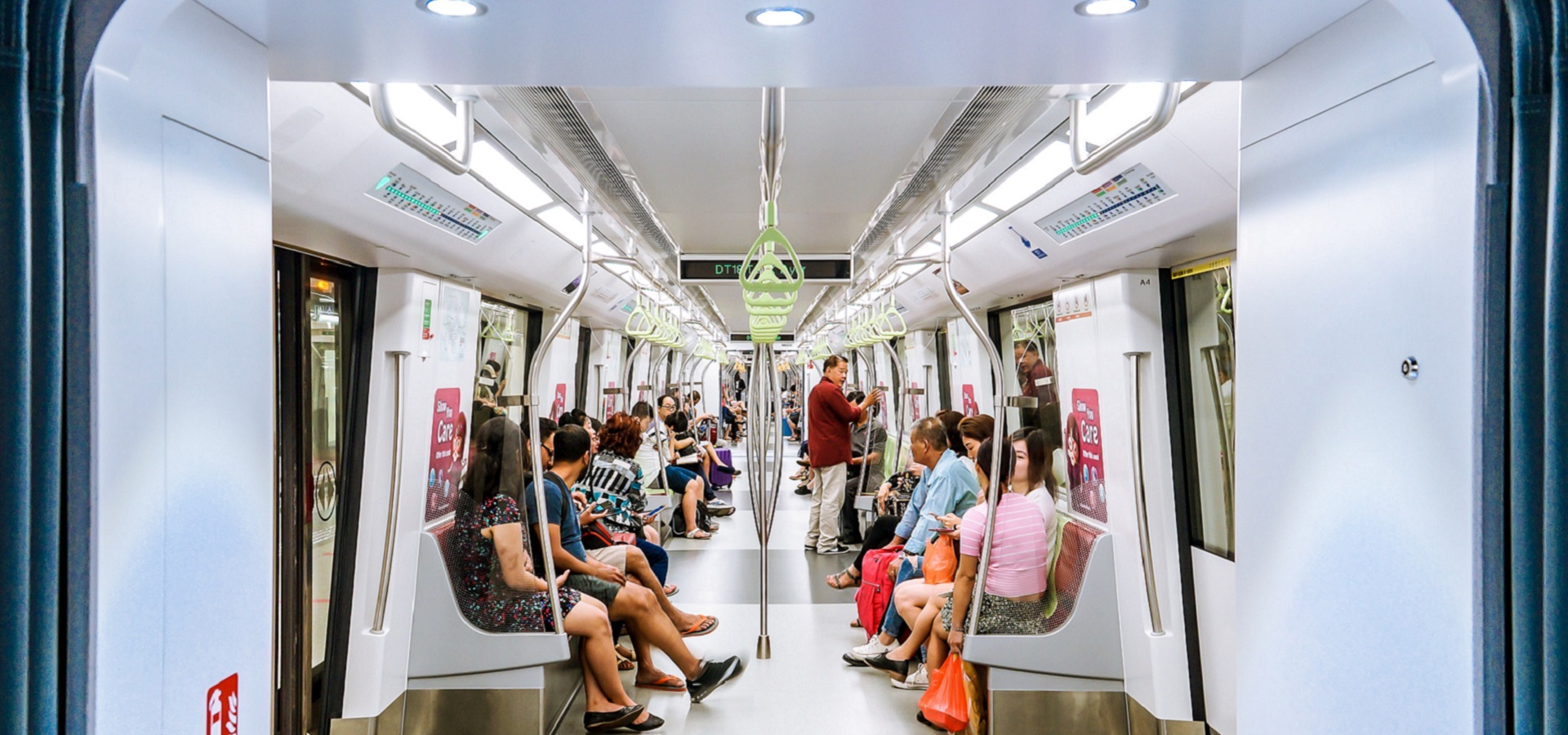The lack of gender-specific configurations of transport designs reflecting actual travel behaviour wastes significant efficiency in energy usage. In the last article of her three-part series, Kathrin Meyer explains why it is necessary to build on gender-responsive planning within the transportation sector.

Photo by Euan Cameron (Public Domain)
Travelling through urban spaces opens possibilities to access and reach destinations which are necessary for our daily life. Heading to work, to school, to the grocery shop or to the doctor embed our destinations in multiple social environments like employment, taking care of kids or our health condition. Transport means and our mobility patterns are dependent on financial resources, the level of access to existing infrastructure, safety and many more factors. Our gender often determines the resources we have, to move through public spaces.
Gender differences and transportation
The limited literature on sex-disaggregated data related to differences within travel behaviour show that women who live in the European Union and the USA are more likely than men to use pedestrian routes and public transport. The use of cars is observed as male-dominated and even though a mixed household usually shares a car, men are more likely to have access to it.
Apart from using different means of daily commuting, other variations could be observed too. While women tend to travel several ways to fulfil their social care work and private duties, the majority of men follow more direct daily travel routine. This is indeed due to the fact that care work is still unequally distributed, even today women are the ones who are responsible for most of the household and care work. Another important reason for different forms of mobility is safety. Women are particularly restricted in the use of means of transport if these do not provide security against possible assaults.
Waste of energy
Another problem that arises among numerous discrepancies in travel behaviour is the excessive energy consumption that is wasted by transport routes designed for men. As the sector focuses on building infrastructure for direct travel patterns, it’s favouring direct transport routes in and out of the city and thus allowing to follow straight mobility patterns like commuting to and back from work. At the same time, it leaves aside the needs of a half of the population and gives away valuable potential to save energy.
Funding cuts in public transport and further expansion of roads not only benefit just half of the users, but also overlook the existing potential for energy savings within the transport sector. Reconstructing existing structures in a gender responsive way would mean to make public transport more accessible, to expand pedestrian and bicycle routes and lay the foundation for the active integration of multiple travel paths. Public transport would become more attractive and inclusive and could ultimately introduce a shift in travel behaviours.
A transformative sector
Transport systems are changing rapidly and have a long history of seeking more sustainable social and environmental change. Since the 1960s, significant efforts have been made to make transport systems more inclusive for groups that suffer from limited access to basic infrastructure and are therefore disadvantaged in terms of mobility.
The United Nations Economic Commission for Europe (UNECE) considers transport to be a key factor in enhancing socially sustainable development and recognises the need to take existing gender differences within transport mobility into account. Moreover, gender mainstreaming approaches have been used by the UNECE since 2009 to make the transport sector more gender equal and to increase the representation of women’s interests in planning and designing inclusive infrastructure, following a gender-mainstreaming path.
Cities like Karlskoga (Sweden) and Vienna already follow a considerably responsible path to structure their national transport sector. Initiatives which consider the interests of women as a cornerstone for their transport communication policies are becoming decisive. Improving safety to elevate mobility levels and a recognition of the underlying potential of existing gender-specific and disadvantaged group’s needs draw the public attention day by day.
In 2001, the Public Transport Gender Audit Tool introduced by the University of East London has provided recommendations for the design of public policies. The policy toolkit explicitly highlighted the correlation between transport services and gender aspects, providing insights on how the integration of gender-specific needs can lead to the improvement of sustainability and increase of financial savings within the sector.
Future paths
Talking about current transportation systems, one could start a discussion about the need for free services or lower tariffs and the development of a sustainable infrastructure. All these claims are essential to make mobility inclusive, accessible and eco-friendly.
However, to combat structural discrimination in the transport sector and avoid further energy wastage, one should start acknowledging the impact of gender aspects on energy consumption. Devising paths to boost energy efficiency and linking this objective to other determinants would make transport not only more accessible but also more sustainable. This would allow to prevent unnecessary energy consumption and thus related emissions, working towards a more climate-friendly future.
As presented in the series on gender awareness, various sectors such as transport and housing could be transformed into more energy-efficient realms of daily life by taking gender differences into account. We are still lagging behind when it comes to the collection of gender-specific data, despite its tremendous practical implementations. The price of energy we use every day still comes with the massive exploitation of natural resources and confronts us with major social and environmental conflicts. Thus, finding the most energy-efficient way to live in a socially inclusive and sustainable way by designing policies and infrastructures with an inherent attention to gender should be our primary goal.